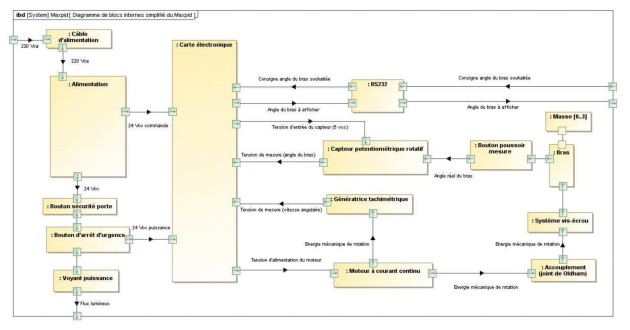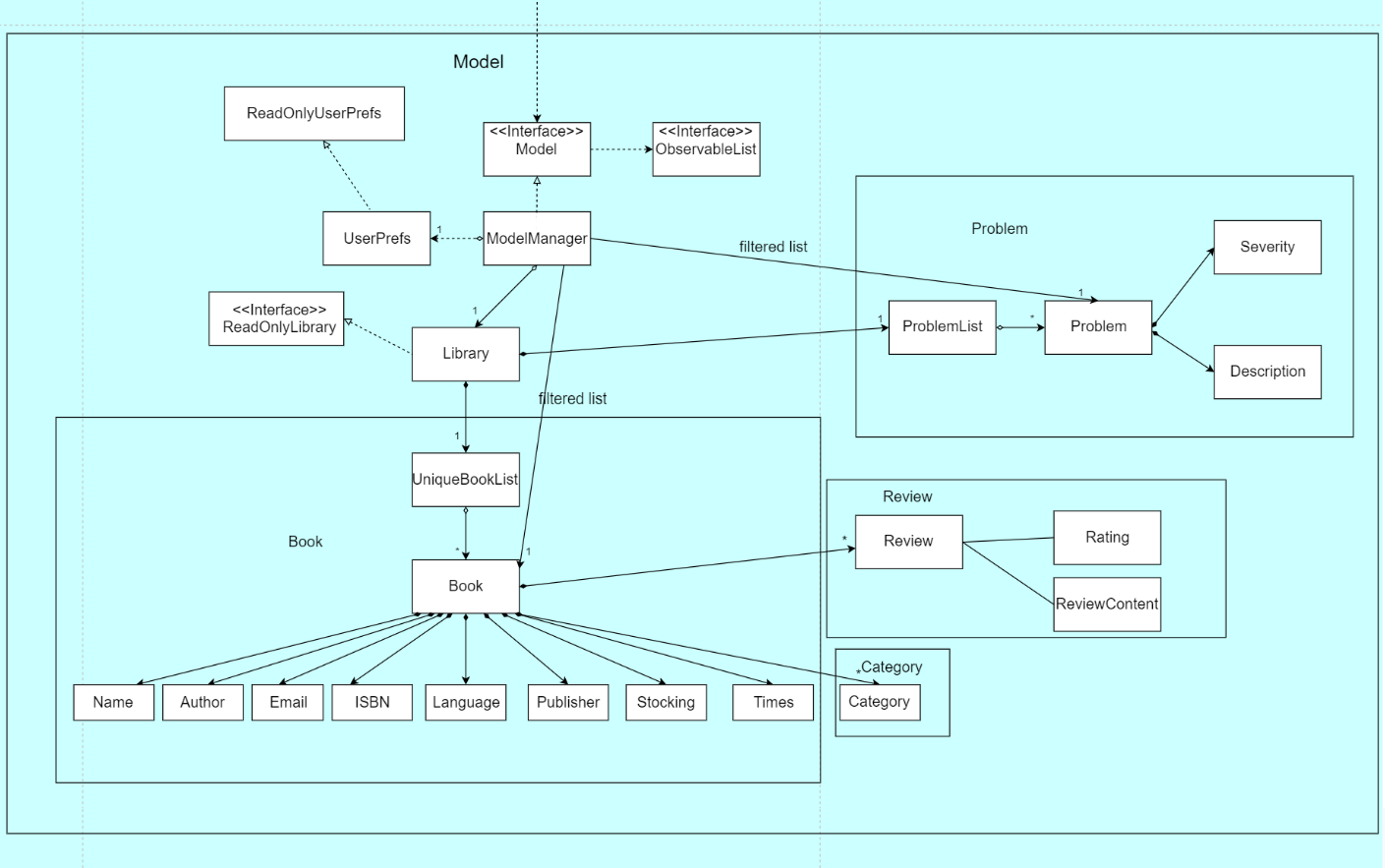

Use Case Diagram: Share use case diagrams that model the scope of the required changes UML Model: Use modelling to walk stakeholders through a representation of the business problem being analyzedĪctivity Diagram: Share activity diagrams of decomposed business processes in order to identify opportunities for improvements or risk mitigation UML Model: Prepare use case, activity, class and other UML diagrams to gather insights from stakeholders during elicitation activities
#Modelio structure software#
The technique shown is the use of SIPOC in conjunction with UML activity diagrams to structure requirements in a business process context.īelow is a list of Business Analysis activities when we use UML modelling during Project Initiation:īelow is a list of Business Analysis activities and how we use Modelio software to carry them out during the Project Initiation: The video clip below demonstrates how business analysts can save time and effort in documenting elicitation results by importing model elements to Leverforce from Modelio. Producing a visual representation of a business process is an effective technique to provide context to the concerns or needs business owners express during requirements workshops.

These can be used by the BA to maintain glossaries that can be shared across projects.īA Video Tip: Importing Models from Modelio Import Use Cases, Classes and Actors: Besides importing all use cases,the classes and actors constructed in the Modelio UML tool are also imported to Leverforce as model elements. The feature imports all descriptions, exceptions, conditions and constraints from the UML model. Import Use Cases: Use Cases constructed in the modelio UML tool can be imported as use cases in Leverforce and linked automatically to a model record in the CRM. Leverforce SAAS supports two features to import information directly from the Modelio and Enterprise Architect UML tools: BAs use these representations to communicate requirements by depicting boundaries for business domains, business processes decomposed into activities, user interactions with systems, data relationships among objects, etc.Models are essential to communicate complexity to business and technical stakeholders and following the UML standard notation enables BAs to collaborate in the same project and reutilize models efficiently.

UML modelling is used to provide visual representations of business analysis information from different viewpoints.


 0 kommentar(er)
0 kommentar(er)
